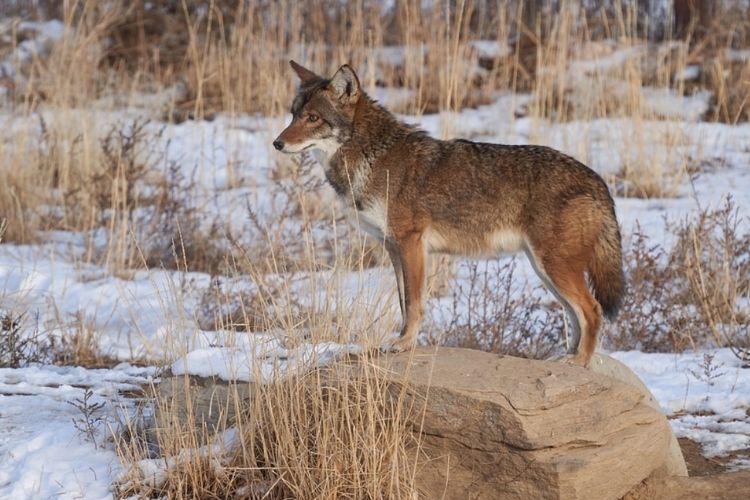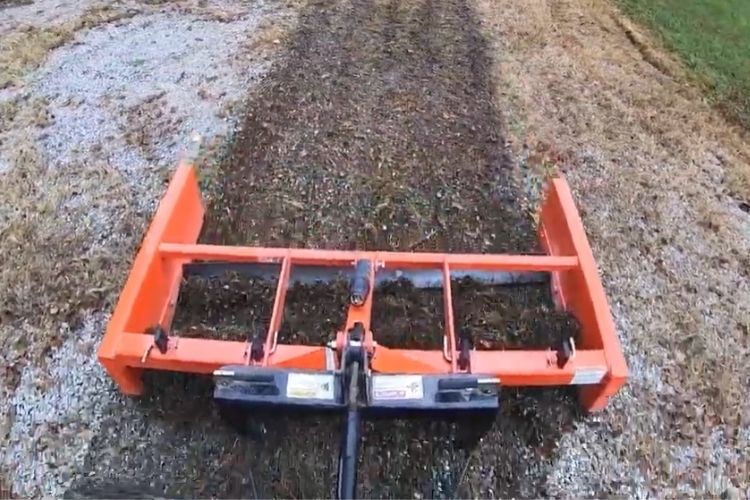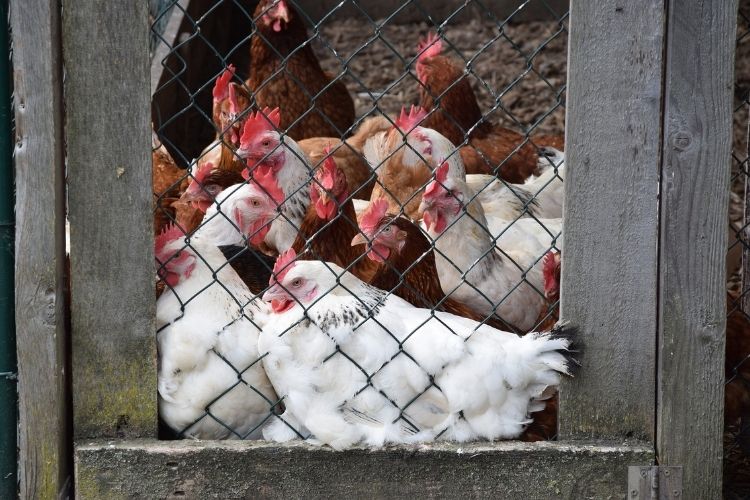Coyotes are a menace to chicken farmers. They can decimate an entire flock of chickens in mere hours, and they’re becoming more and more common. It’s no surprise that coyote-proofing is at the top of many chicken farmers’ wish lists this year! This blog post will go over some tips on how to keep coyotes away from your chickens so you can continue raising them without fear of losing all your investment.
What are coyotes?
Coyotes are mammals in the Canidae family found in North, Central, and South America. They’re omnivorous animals that eat both meat and vegetables, and they can vary in size from 30 to 60 pounds.
Coyotes are native to North America, but coyote populations have expanded their range due to human development. As a result, this species has successfully colonized new habitats including forests and mountainous regions in addition to the grasslands they originally preferred.
The average adult male weighs about 35 pounds while females weigh an average of 25 pounds when fully grown.
Coyotes are also known as prairie wolves.
How long does a coyote live
Coyotes can live anywhere from six to ten years. Within that time, females will have an average of five babies per litter and they’ll usually give birth in a den or hollow log during the springtime. These litters often consist of about four pups each.
Pups reach sexual maturity around one year old, but they won’t reach full size until they’re about two years old.
Why do coyotes kill chickens and eat them?
Coyotes kill chickens for a few different reasons. They can be hunting them because they’re hungry and want to eat, but it’s also the result of natural instinct in which coyotes may have been conditioned to see all livestock as prey whether or not they plan on eating them.
In some cases when a chicken is killed by a coyote, there will only be feathers left behind from where it was torn apart after being bitten repeatedly until death occurred. In other instances though, there might actually just simply be one small bite mark on the neck or head area.
What is coyote-proofing?
Keeping chickens safe from coyotes by building or buying a chicken coop and creating a fence around it to keep predators such as coyotes out. What should you do if your chickens get attacked by a Coyote? If your chicken flock gets attacked, act quickly! The best thing to do upon discovering what has happened is pick up any dead birds immediately so they don’t attract more hungry predators into the area. Then check overall remaining hens for injuries before locking them safely inside their coop at night where it’s safest for them until sunrise.



